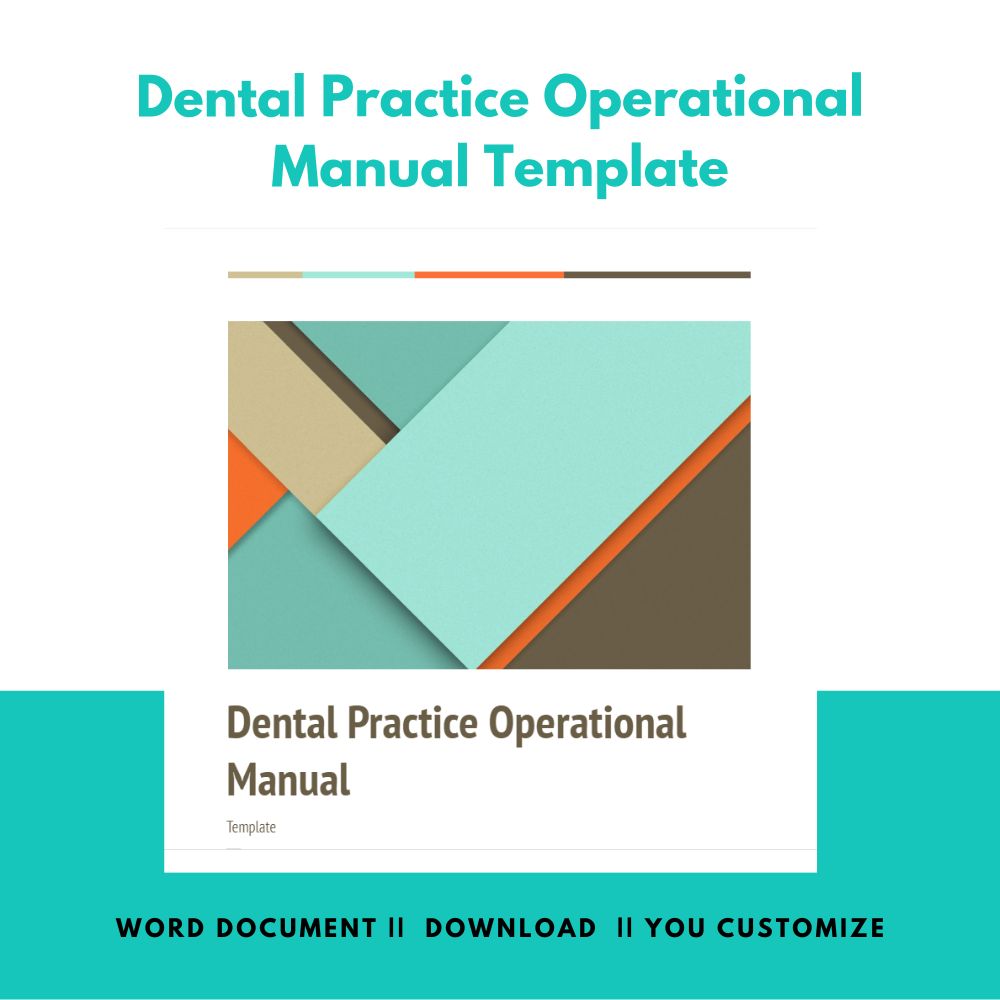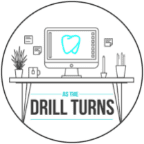Dental Aging Report Trends Reveal Problems
Dental aging report trends jump out at us when we work the patient aging reports each week. And there are several things to watch financially in our dental practices. But in addition to leading us to missing money, our patient aging reports are great trend indicators too! We can spot a trend when we see something that repeatedly shows up. And then the trends we see allow us to make adjustments to improve our current status or condition. And hopefully avoid future financial mishaps or understandings.
What Might You See?
What trends might we see in the patient aging reports? We might see several patients with balances from restorative appointments. These patients paid their estimated portion at the time of service, and still there is a balance. Begin with asking why. Let’s say you are looking at all patient balances over 30 days. Review each individual account and ask why is there a balance at all? And if there are more than one patient with the same situation, that is where you find a trend or a pattern.
Do You Have Any Outstanding Balances Over 90 Days? The Nothing Over Ninety Days Course Book is an Advanced Tool Your Team Can Use to Bring Your Accounts Receivable Reports In Check! And is an absolutely FREE Download with Your Dental Practice Operational Manual

Ask Questions
Numbers never lie. And our judgement can be off. So, to avoid being in the wrong, it’s a great idea to investigate. For example, let’s say one patient account has a balance after insurance payment for their most recent filling appointment. Why does the patient have a balance? Did we have the correct insurance benefits? Maybe the insurance maxed? Or did the patient not bring their wallet? Perhaps the dentist added a composite restoration to the treatment plan that wasn’t initially estimated!
Dental Aging Report Trends Provide Answers
Keep going with the “why” until you can’t do it anymore. When you get to the final answer, that’s where the detective work comes to an end. Then you want to have some type of tracking system. I recommend that you keep it simple. And we don’t want to spend a ton of time creating elaborate spread sheets. Unless of course you do. And you might just want to track these trends and monitor things. Especially if you find you do have a receivables problem that isn’t going away. Or maybe a new team member that needs some additional training and support.
Download the Accounts Receivable Made Simple E-Book with Your Dental Practice Operational Manual for Tips on Superior Patient Account Management

The Weekly Management Systems Workbook is Another Great Download To Help Your Dental Team Be Sure Every Outstanding Claim and Balance is Worked Each And Every Month With Your Dental Practice Operational Manual

Using Aging Reports Well
Dental aging report trends are best caught early. Print these reports weekly to avoid a much bigger problem later on! In a larger dental practice, an office manager may track these reports and numbers. In a smaller dental practice, it might be a dental front office team member. It helps who ever works on accounts receivables or in collections to see these reports and understand the results. And it’s even better if the front office team member, office manager, and dentist can meet once a week to discuss the highlights of these reports.
Dental Aging Report Trends Present Opportunity

The more communication, the better! Talk together about what’s going on with patient accounts. Be open and honest and work together to resolve issues. It might mean that a team member needs a little more coaching or training. Or maybe things somehow got really out of hand, and you find yourself in a situation you are not sure how to right.
Keep an Eye on This!

Dental aging report trends are best diagnosed early on. Kind of like dental decay. It’s easier to repair, less costly, and less time consuming if you can diagnose the problem early on. This is one of the reasons I recommend looking at patient balances as early as 30 days overdue. If you wait until patient balances are over 60 days, there are typically more patient accounts. And even more problems. So, catch this early on.









